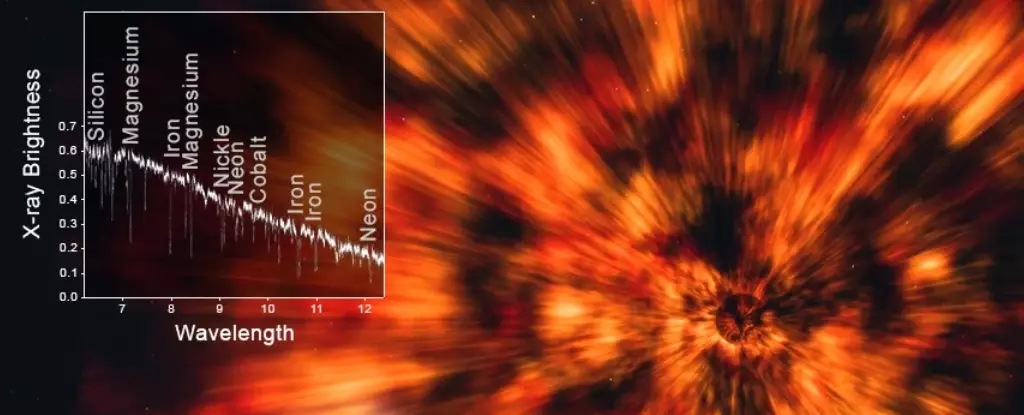The enigmatic nature of black holes has spurred countless myths, one being the assumption that these celestial giants obliterate not only matter but the historical essence of that matter too. This perspective paints a bleak picture of astronomical loss, leading many to believe that black holes are cosmic graveyards where all information ceases to exist. Yet, this is a simplification that does not align with our evolving understanding of astrophysics. In actuality, the story does not end once matter crosses the event horizon. Scientific advancements have begun to reveal that the surrounding ecosystem of a black hole is not devoid of history—it brims with narratives waiting to be decoded.
The Case Study of GRO J1655-40
A compelling instance of astronomical archeology is illustrated through the investigation of the binary system GRO J1655-40, which comprises a black hole weighing around seven solar masses and a companion star exceeding three solar masses. This system is not merely a backdrop for celestial drama; it encapsulates the aftermath of stellar evolution. Originally, this system was a pairing of two stars, until one star underwent a catastrophic supernova, transforming into the black hole we observe today. The remaining star and the remnants of the exploded progenitor are key in deciphering the legacy of this cosmic event.
Harnessing Data: The Role of Chandra
To distill the origins of GRO J1655-40, astronomers turned to the Chandra X-ray Observatory. Data collected in 2005 provided an illuminating snapshot of the system when it exhibited exceptional brightness in the X-ray spectrum. This spectrum held more than mere numbers; it was a treasure chest of information regarding the elemental composition of the system. Remarkably, the researchers identified 18 distinct elements, each with varying abundances that served as fingerprints of the original stellar body.
Astronomical Archaeology: Piecing the Puzzle Together
Here lies the beauty of astronomical archaeology: the intricate art of reconstruction. By analyzing the 18 elements harvested from the Chandra data, astronomers began to unravel the characteristics of the progenitor star. Their findings indicated that this massive star, with a staggering mass equivalent to 25 Suns, far surpassed its current companion. Such insights illuminate how this original star shed most of its material into the cosmos, either during its supernova explosion or through residual stellar winds over the eons.
The Bigger Picture: Implications for Stellar Evolution
This revolutionary methodology extends beyond a single black hole system. By employing these techniques across various binary star systems, astronomers can forge a clearer pathway for understanding stellar evolution. These revelations provide key insights into how massive stars transition into black holes or neutron stars, reshaping our comprehension of cosmic life cycles. As we peel back the layers of the universe’s history, we not only enrich our knowledge of black holes but also gain a deeper appreciation for the complexities of stellar dynamics and evolution. The universe is a storyteller, and through rigorous study, we stand at the precipice of deciphering its intricate tales, revealing the grandeur and tragedy woven into the fabric of cosmic existence.


Leave a Reply